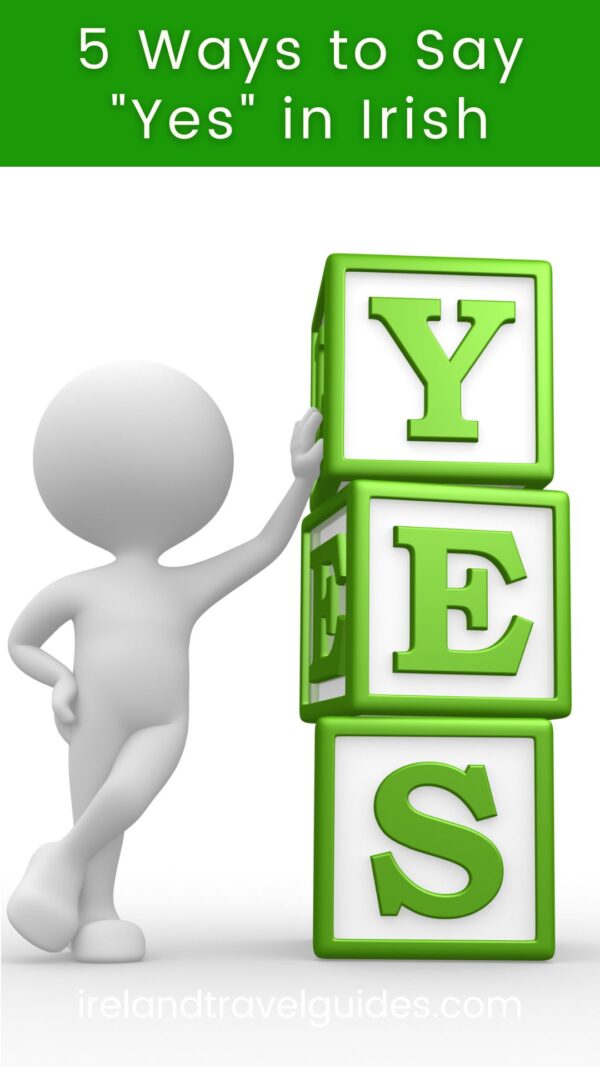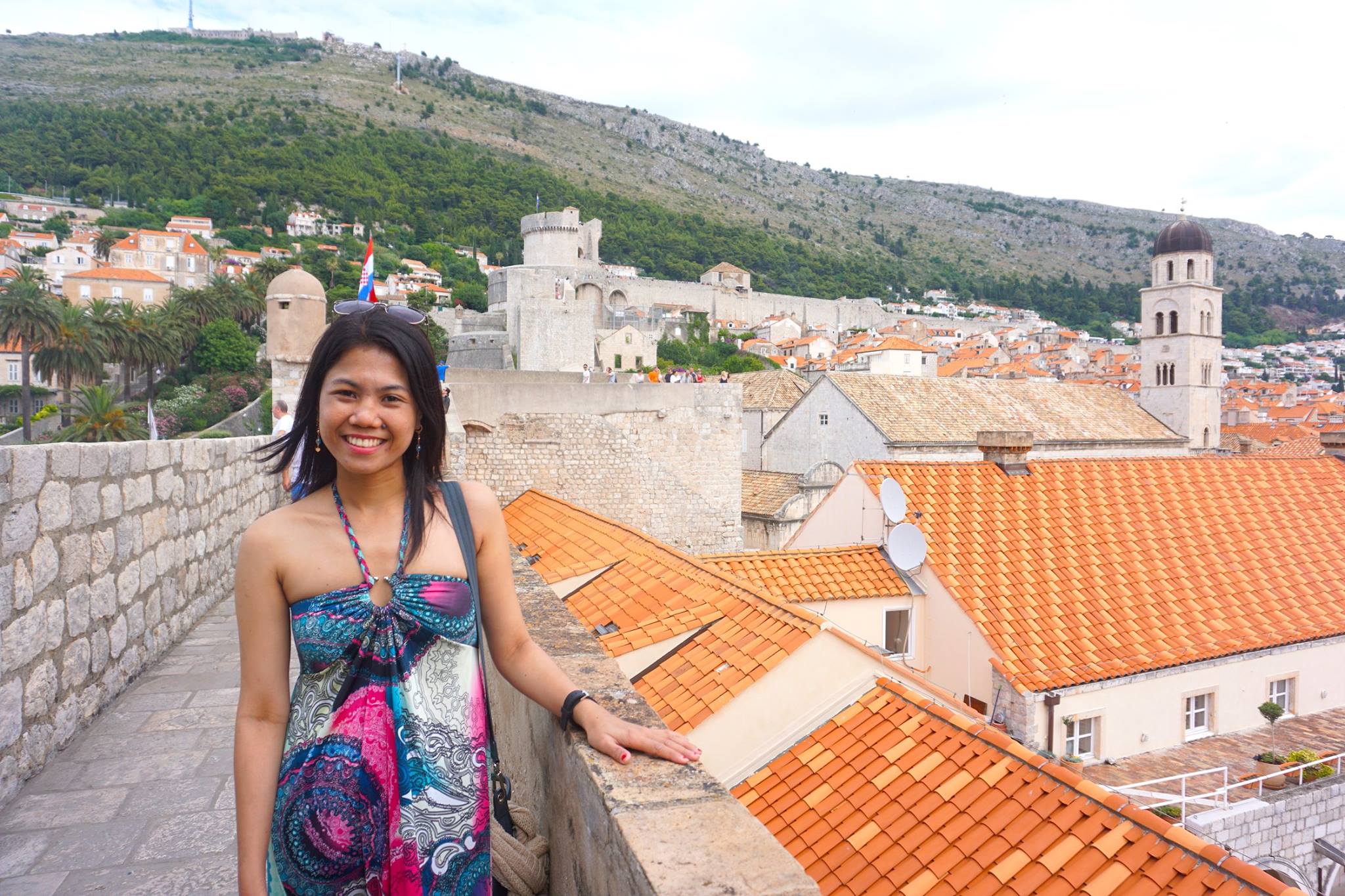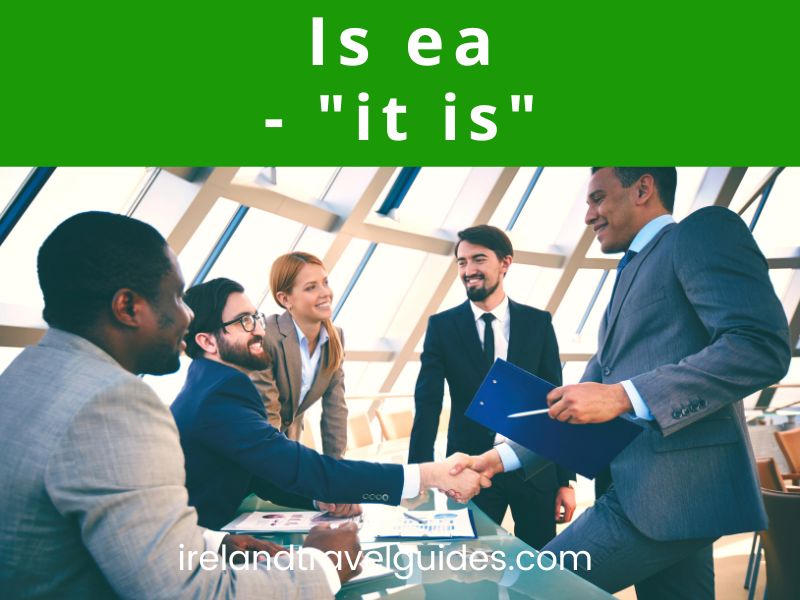If you are interested in studying the Irish Gaelic language, one of the first things you will want to learn is how to say “yes.” This word is an important element of any conversation, and learning how to say it can help you communicate more effectively with people who speak Irish.
The word “yes” in Irish Gaelic has many variations, proof that this language is not just beautiful but also intricate. In this guide, we’ll go over the various ways to say “yes” in Irish Gaelic and provide you with some pointers and advice to help you sound as natural as possible when you speak the language.
RELATED READ:
Let’s get started in learning the different ways to say “yes” in Irish Gaelic. This mini-tutorial should help whether you’re thinking of taking a trip to Ireland or you just want to study a new language in general!
Things you'll find in this article
5 Ways to Say “Yes” In Irish

Related Read: 5 Ways To Say No In Irish
1. Sea
This is the most common way to say “yes” in Irish Gaelic. It’s pronounced, “sha.”
Sea is a standalone word that is used to express agreement or confirmation. It is similar to the English word “yes.”
When using sea, it’s important to know that the verb in the question determines whether the answer is “yes” or “no.”
Another important aspect of using “sea” is that it does not change its form based on the person or tense. Thus, you can use sea to say “yes” in any context, regardless of who is speaking, what tense is being used, or what the question is asking.
2. Ba mhaith liom
This phrase means “I would like” or “I want” and can also be used to convey “yes” in some situations. It’s spelled “ba woh lum.”
“Ba mhaith liom” is a word that means “desire or desire.” It is used to express that someone wants or wishes to do something.
The sentence is made up of three parts:
● “Ba” is the conditional form of the verb “is,” which means “to be.”
● “Mhaith” means “good” or “well.”
● “Liom” means “with me.”
Note that when using this phrase to reply “yes” in response to a question, it is always followed by the object that the individual wants or desires.
In addition, like other Irish Gaelic verbs, the phrase “Ba mhaith liom” varies based on the subject of the sentence. To indicate “we want,” for example, use the phrase “Ba mhaith linn” (pronounced “ba woh lin”), which is conjugated in the first person plural.
3. Is ea
This phrase means “it is” and is used to respond “yes” to a query that requires a firm answer. It is pronounced as “iss ay.”
“Is ea” means “it is” in Greek and is used to convey agreement in response to a query that requires a clear answer.
The verb “is” is used in Irish Gaelic to connect the sentence’s subject to a predicate, which can be a noun, an adjective, or a phrase. “Is ea” means “it is indeed” in English.
When employing “Is ea” to say “yes,” remember that it is always followed by the thing or notion to which the person is agreeing.
If someone asks, for example:
● “An bhfuil t ag dul ar saoire amárach?” (“Are you going on vacation tomorrow?”), the correct response is “Is ea, beidh mé ag dul ar saoire” (“Yes, it is, I will be on vacation”).
4. Tá
This is the Irish Gaelic equivalent of the English verb “to be” and can be used to signify “yes” in some situations. It’s pronounced as “taw.”
“Tá” is the Irish equivalent of the English verb “to be” and is used to denote the existence of something or someone, as well as to define a state or condition. The topic of the sentence determines how it is conjugated.
When employing “Tá” to say “yes,” remember that it is always followed by the object or concept to which the speaker is agreeing. For example:
● if someone asks, “An bhfuil a t-uisce fuar?” (“Is the water cold?”), the correct response is “Tá, tá sé fuar go leor” (“Yes, it is, it’s cold enough.”
5. Aontaím
This verb means “I agree” and can be used to say “yes” in some situations. It’s spelled “ayn-teem.”
The word aontaim is used to indicate agreement with something or someone. It’s conjugated in the first person singular, meaning “I agree.”
Verbs in Irish Gaelic are conjugated based on the topic of the phrase. To say “we agree,” for example, you would use the verb “aontamid” (pronounced “ayn-teem-id”), which is conjugated in the first person plural.
It’s also worth noting that Aontam is typically used in formal settings, such as business meetings, political debates, or talks.
**Note that the other various ways to say “yes” in this list are more popular in more casual or informal circumstances.

Hi, I’m Christine – a full-time traveler and career woman. Although I’m from the Philippines, my location independent career took me to over 60 countries for the past 12 years. I also lived in 4 continents – from the Caribbean, South East Asia, Africa and now in Europe. But despite living in several countries, my love for Ireland remains the same. A country that had been a part of my life since I was 14 because of my love for Irish music and bands. Ireland Travel Guides was born because of this passion and hopefully, in some little ways, this website will be able to help you on your next trip to Ireland.




